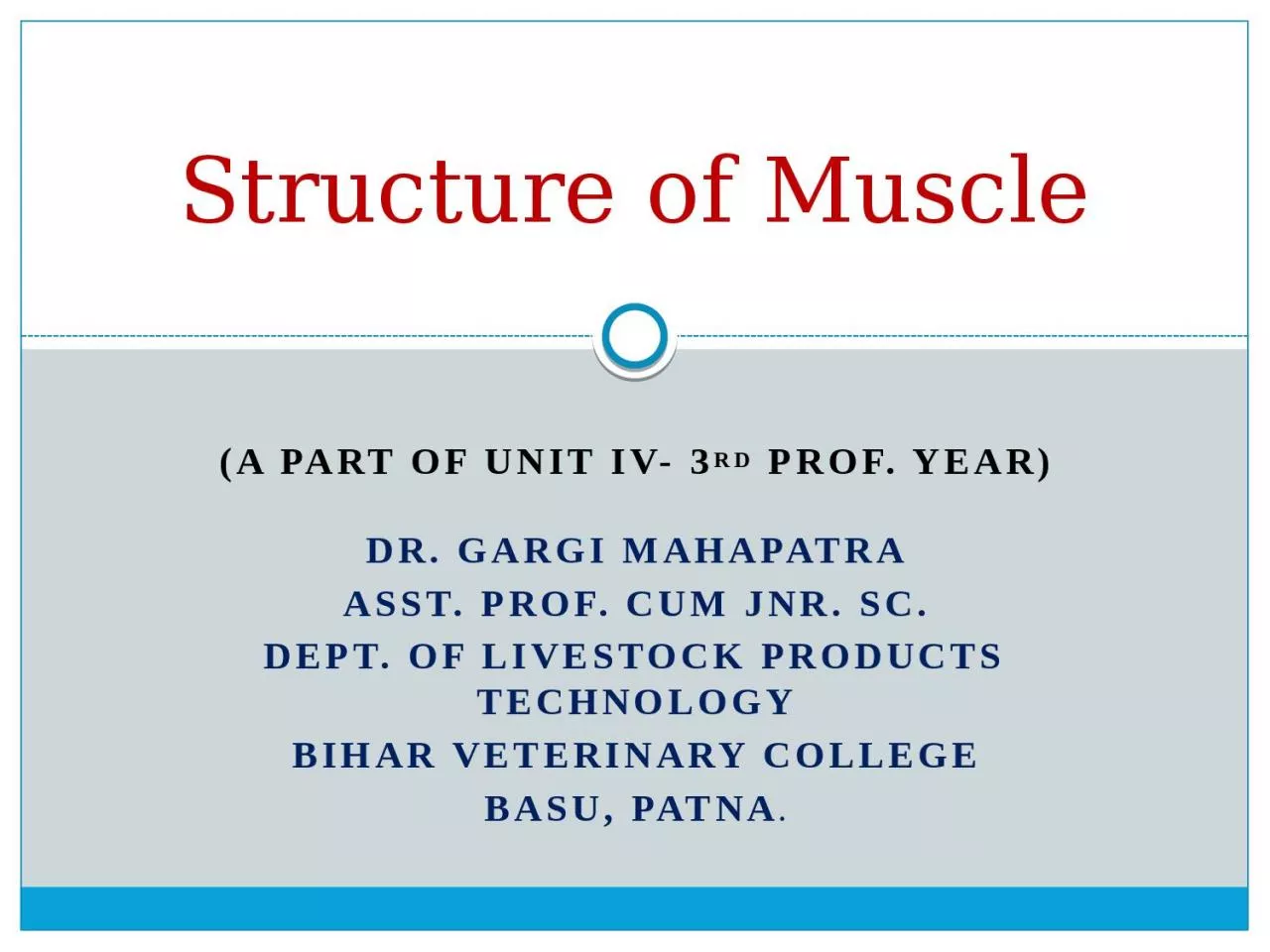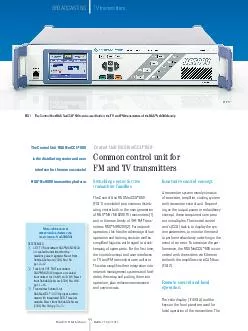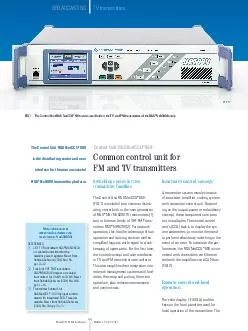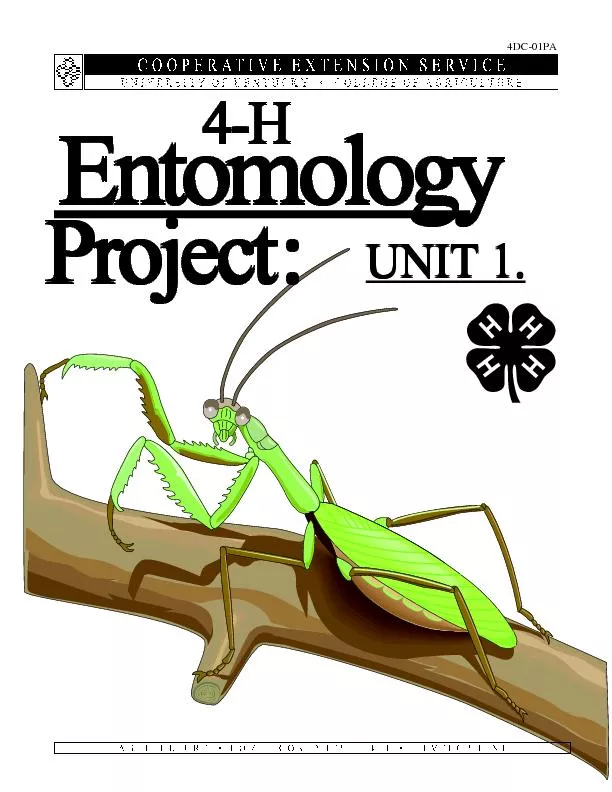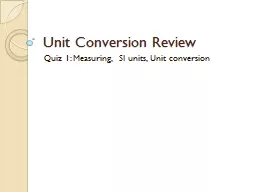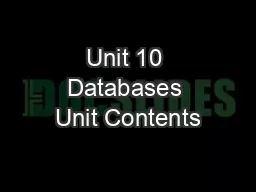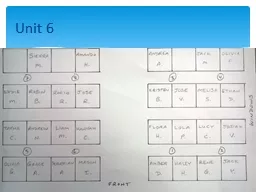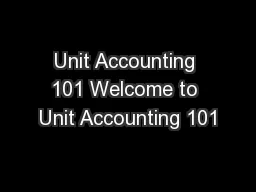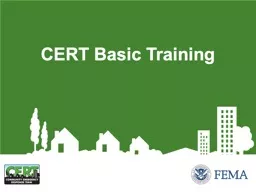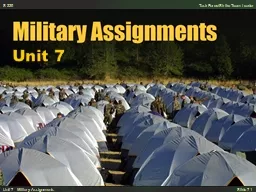PPT-(A part of Unit IV- 3 rd
Author : Soulreaver | Published Date : 2022-08-01
Prof Year Dr Gargi Mahapatra Asst Prof cum Jnr Sc Dept of Livestock Products Technology Bihar Veterinary College BASU Patna Structure of Muscle It is a tissue
Presentation Embed Code
Download Presentation
Download Presentation The PPT/PDF document "(A part of Unit IV- 3 rd" is the property of its rightful owner. Permission is granted to download and print the materials on this website for personal, non-commercial use only, and to display it on your personal computer provided you do not modify the materials and that you retain all copyright notices contained in the materials. By downloading content from our website, you accept the terms of this agreement.
(A part of Unit IV- 3 rd: Transcript
Download Rules Of Document
"(A part of Unit IV- 3 rd"The content belongs to its owner. You may download and print it for personal use, without modification, and keep all copyright notices. By downloading, you agree to these terms.
Related Documents

